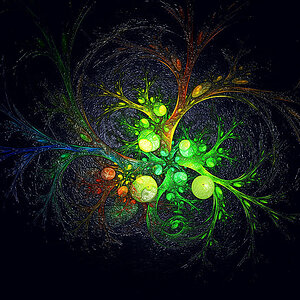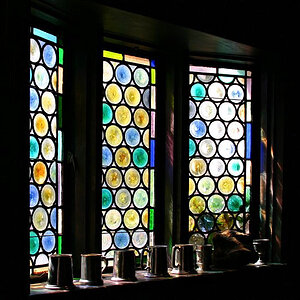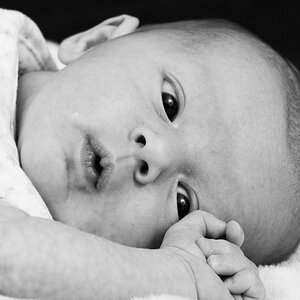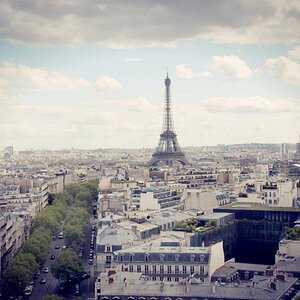Josh66
Been spending a lot of time on here!
- Joined
- Oct 31, 2007
- Messages
- 14,593
- Reaction score
- 1,239
- Location
- Cedar Hill, Texas
- Can others edit my Photos
- Photos NOT OK to edit
B&W film vs. digital seem pretty close to me - as far as exposure/range goes. I do like the look of film over digital though.
IMO, where digital really has some catching up to do is dynamic range compared to color negative film...
The ISO battle is just stupid now. Do we really need ISO 128,000? I mean, has everyone just accepted that skies are always going to be blown out, or what?
Just a snap-shot example:

2012011027 by J E, on Flickr
If that were digital, it would look a little different. The sky would definitely be blown out, and maybe the sand too. Not exactly a shot you could do an HDR for either...
IMO, where digital really has some catching up to do is dynamic range compared to color negative film...
The ISO battle is just stupid now. Do we really need ISO 128,000? I mean, has everyone just accepted that skies are always going to be blown out, or what?
Just a snap-shot example:

2012011027 by J E, on Flickr
If that were digital, it would look a little different. The sky would definitely be blown out, and maybe the sand too. Not exactly a shot you could do an HDR for either...









![[No title]](/data/xfmg/thumbnail/37/37100-48f2853fd9bcaf95edec62ff0be19ad3.jpg?1619737881)
![[No title]](/data/xfmg/thumbnail/37/37097-8fae54adbc44059a8189fcf5e7bb8f76.jpg?1619737881)


